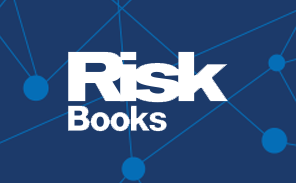FISD Level 1: financial markets
View AgendaKey reasons to attend
-
Define the role of market data and the purpose and functioning of the trading markets
-
Understand the processes and technologies used to distribute real-time data information
-
Explore technology which captures, transforms and normalises data
Customised Solutions
Does your team require a tailored learning solution on this or any other topic?
Working with the portfolio of expert tutors and Risk.net’s editorial team, we can develop and deliver a customised learning to make the most impact for your team, from initial assessment to final review.
About the course
During this 4-day virtual event, participants preparing to take the FISD examination will be given a comprehensive understanding of the technical and administrative aspects of the market data industry.
This interactive event will explore the role of market data with an in-depth focus on trading processes, technology, and the concepts which govern successful market navigation. This learning journey will provide the in-depth knowledge necessary to take the FISD Level 1 exam.
Flexible pricing options:
-
Early-bird rate: book in advance and save $200
-
3-for-2 group rate: book three delegates for the price of two and save more than $2,000
-
Season tickets: book a team of 10 or more and save up to 50%
In partnership with:

Learning objectives
-
Understand the typical steps involved in the trading process that are applicable to most traded instruments
-
Categorise financial instruments into three major categories: cash instruments, derivative instruments and packaged instruments
-
Analyse the various functions that link networks and provide the infrastructure necessary to facilitate efficient trading
-
Develop a comprehensive framework for understanding the range of products and services offered by vendors
-
Define the regulatory, risk and compliance requirements associated with different financial markets and trading activities
Who should attend
This course is primarily aimed at those working in market data sales or data administration. WatersTechnology welcomes anyone needing a broad, fundamental understanding of the Trading Markets. Specific job titles in exchanges, vendors, buy and sell side firms, may include but are not limited to:
-
Exchange data policy manager
-
Data sales executive
-
Data purchasing manager
-
Market data administrator
-
Market data consultant
-
Market data auditor
-
Data sourcing manager



